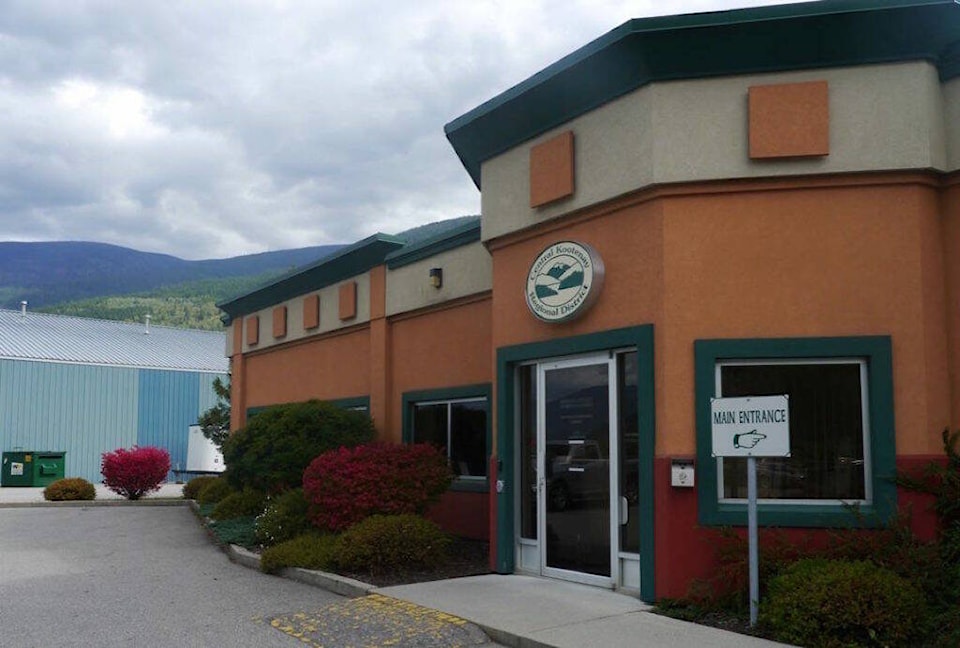by John Boivin
Local Journalism Initiative Reporter, The Valley Voice
Residents in Regional District of Central Kootenay Areas H and F will be voting this October on whether to join an environmental program funded through a special levy on their property.
And voters in Kaslo and Nelson may also be asked this year to join the Kootenay Conservation Program’s Local Conservation Fund (LCF).
The LCF currently operates in the northern and southern Kootenay Lake basins, but has plans to expand to the central part of the lake and the Slocan Valley. The $15 tax on each parcel in the participating areas is collected by the local government and used to support local environmental conservation and community sustainability projects. And according to the Kootenay Conservation Program, every dollar collected for the LCF leverages $3 from other funders for the local projects.
The program is generally viewed as a success story in environmental protection.
“Currently the service exists in Electoral Areas A, D and E on Kootenay Lake, which has been highly successful enabling local grant recipients to leverage this funding to access additional funding to support conservation efforts in the area,” a report to the board stated. Other regional governments have also adopted the model.
RDCK directors were asked in the fall if they’d like their regions to participate in the program. While many directors said they would be interested, it would require a patchwork of approval processes – some directors wanting a straight referendum, others going through the Alternative Approval Process. Staff said organizing those would take a lot of time and attention.
So directors decided at the RDCK board meeting in January that residents in just two areas – H and F – would vote this year on whether to join the fund. Those referendums will take place during the already scheduled municipal elections in October.
Popoff hesitates
While the motions passed, Area H Director Walter Popoff, who helped promote the idea, said he was nervous about asking taxpayers to fund a conservation program this year.
“I do have a concern about going to referendum in 2022, in view of the assessment increases that are being done in our areas and the budget being presented,” he said. “Significant tax increases might not be the opportune time to go to referendum on this issue. It might get rejected.
“So I will have a conversation with staff regarding the timing of going to referendum.”
The two other RDCK electoral areas that have shown the most interest in participating, C and G, won’t hold their approval votes until 2023.
“This will ensure staff resources are available to support the process post-elections,” the board report indicated.
It’s expected to cost about $25,000 to include the two referendums as part of the regular election, paid for by electors in each district.
Staff from the KCP will meet with the directors of Areas H and F in the coming months to plan out a public information campaign on the fund and its impact on property owners. That campaign’s cost will be borne by the Kootenay Conservation Program (KCP).
Kaslo council reconsiders LCF
Kaslo is reconsidering joining the Kootenay Lake Local Conservation Fund, after rejecting the KCP’s overtures in 2014, citing the $15 charge on each parcel as a concern.
But a KCP representative attended Kaslo Village council Jan. 11 to make a new pitch for the Village to join, said market research shows attitudes are changing.
“It appears that expanding the Kootenay Lake Local Conservation Fund to include Kaslo, Nelson and Area F have great likelihood of success,” Juliet Craig told council.
“Currently Kaslo does not participate in the service, but there is always an opportunity to join,” she said. “Kaslo can help support these conservation values, but it also provides the opportunity for projects to occur within Kaslo, which they currently can’t.”
Craig says the KCP hired a marketing research company in 2018 to gauge interest in the program, and found that attitudes in Kaslo had softened to the idea. She said support has only grown for the concept since it was first introduced a decade ago.
“Three quarters of residents in all communities support the idea of a conservation fund…” she told council. “And when asked about contributing financially, two-thirds of residents said they would be willing to contribute financially, which is up significantly from 2012.
“So the conclusion of the market research is the remainder of Kootenay Lake and the Slocan Valley show the strongest support for this service, and the majority of residents do support this idea.”
It seems even some Kaslo councillors are willing to reconsider their opposition.
“I originally was strongly opposed to this fund when it first came before council,” said Councillor Rob Lang. “I’m inclined to change my opinion at this point of time.”
Council received Craig’s presentation as information, and made no decision about joining.
Nelson next to join?
Craig says the KCP also hopes to make a pitch to the City of Nelson council in the spring, to ask them to join in the fund as well.
Should all the taxpayers in the regions approve joining the program, it would mean a significant boost to the fund, which supports activities like landscape enhancement for pollinators, water quality monitoring, grizzly bear management and other leading-edge programs.
“All kinds of programs are supported by this type of fund that other areas don’t have, because they don’t have the funding for those organizations to do that great work,” Craig says. “It just builds on itself… so by having more initial money at the table and more geographic areas to do these types of projects, we would see more and more benefits.”
